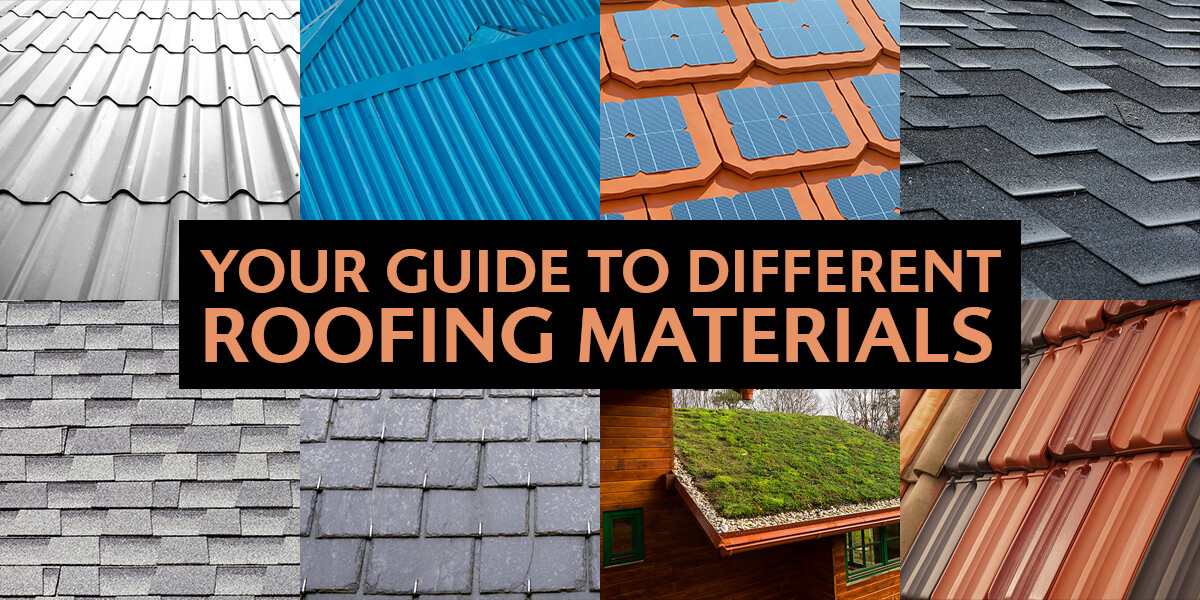
1. Metal Roofing
Metal roofs aren't just commonly found on commercial buildings. Due to their fire and weather resistance qualities, they are now becoming popular for homes. A metal roof can last up to 50 years and you can even add an additional roof on top of the metal. This lightweight material is typically between £150 and £600 per square foot, but the higher cost guarantees durability. One of the biggest benefits of metal roofs is their low maintenance, so you can enjoy them for many years to come without making much effort to repair and maintain them.
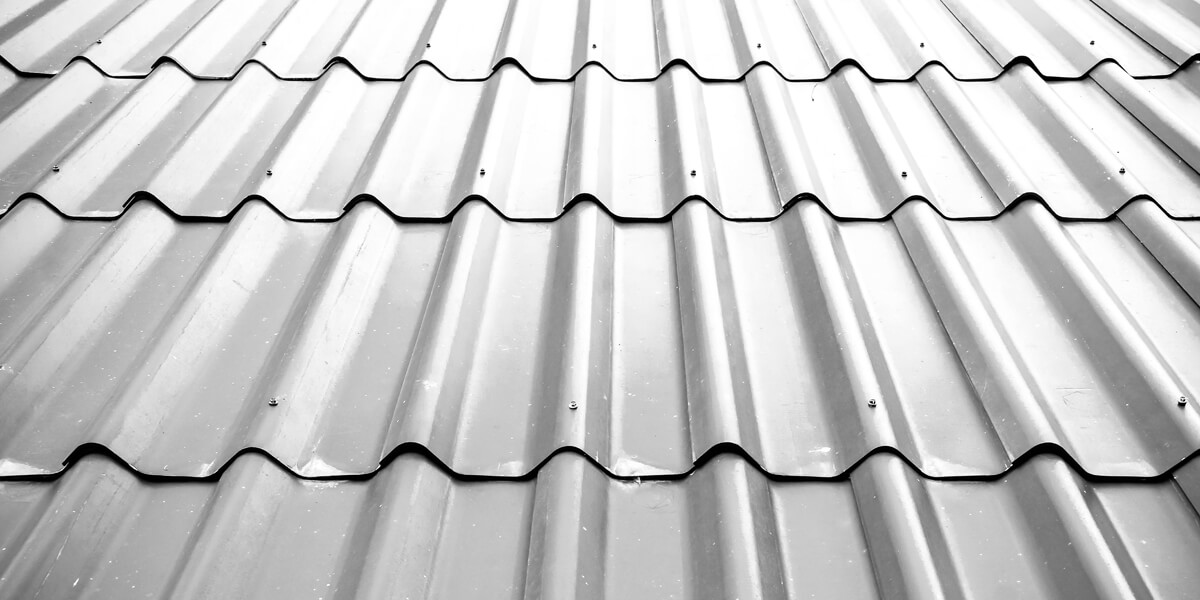
Pros of metal roofs:
- When properly installed, a metal roof can last as long as the house
- Easy to install
- Extremely lightweight
- Metal reflects the sun's heat, which helps you save energy
Cons of metal roofs:
- It's noisy, so if you're sensitive to loud sounds, you'll be disturbed by the thumping noise of heavy rain
2. Steel Roofing
Another popular and affordable metal roofing material is steel. There are three main types of steel roofs: galvanised, stone-coated, and galvalume steel. Galvanised steel is made from zinc, which makes the roof more corrosion-resistant. Galvalume is coated with aluminium, which is also resists corrosion as well. This type of steel roofing can be painted and comes in a variety of colours. The stone-coated steel is made from a combination of zinc and ceramic-coated stone granules. However, it's not as corrosion-resistant as the previous two.
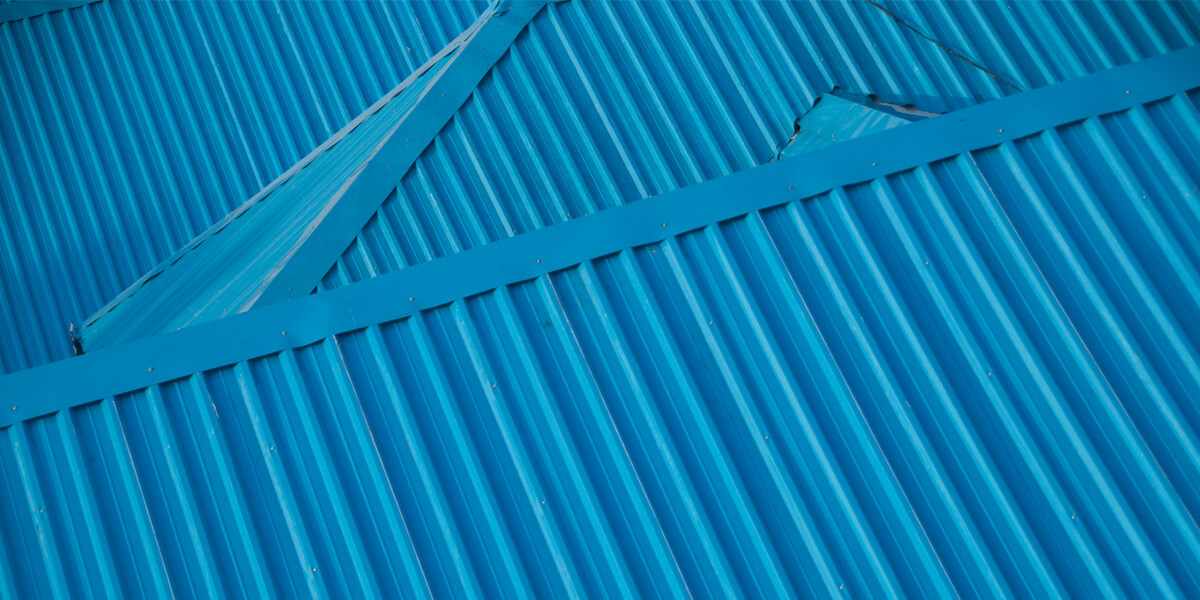
Pros of steel roofs:
- Comes in a variety of shapes, colours, and finishes
- Can last up to 70 years
- Very lightweight
- Can be used as a base for a second layer
Cons of steel roofs:
- Steel dents easily
- It's noisy
3. Solar Tiles
Solar tiles are new to the world of roofing and are generally suitable for new-build properties or renovated homes. These tiles are just like mini solar panels that are installed on traditional roof tiles. The biggest advantage of solar tiles is their aesthetics, but you do need to replace them every 30 years or so.
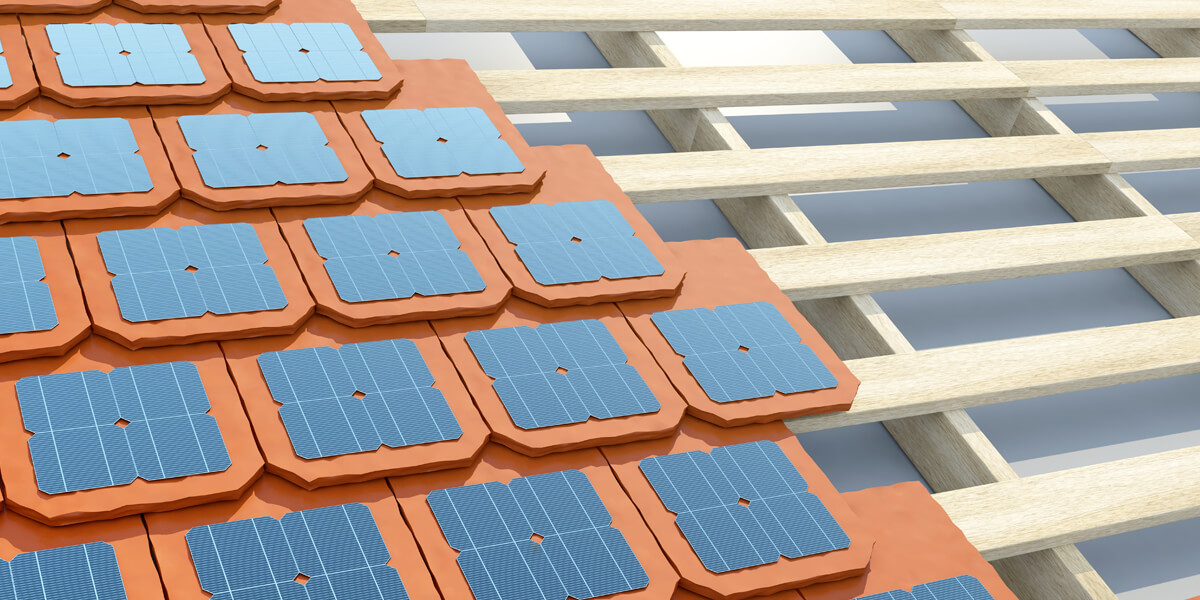
Pros of solar tiles:
- Easier and faster to install than solar panels. It only takes 10 hours for the tiles to be installed, compared to 2-5 days for solar panels.
Cons of solar tiles:
- For the tiles to be effective, your roof's slope must be at the appropriate angle to the sun
- Solar tiles are more expensive than solar panels
- You'll get less energy from solar tiles, thus making them less efficient than solar panels
4. Asphalt Shingles
Asphalt shingles are the most common types of roofing materials used for homes. These economical shingles offer far beyond their low price. They provide a high level of durability and can last as long as 50 years. Since asphalt shingles are lightweight, they won't put any extra weight on your roof or undermine the supporting structures. They repel moisture and help keep condensation out of the attic.
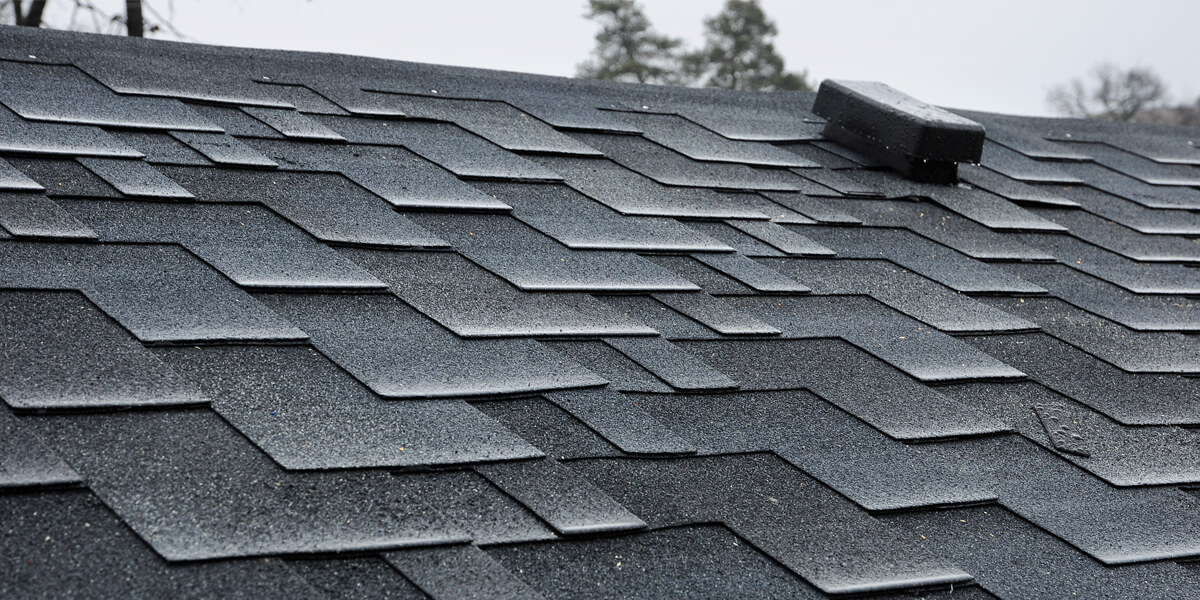
Pros of asphalt shingles:
- Waterproof
- Affordable
- Easy to replace the faulty shingles
- Available in different colours
Cons of asphalt shingles:
- Prone to weather damage, especially in freezing temperatures or high winds
5. Rubber Slates
When it comes to appearance and elegance, there is hardly any roofing material that can compete with rubber slates. This type of roofing is commonly made from recycled materials, such as rubber tyres and EPDM. Did you know that in order to make enough rubber slates for an average-size roof, it can take anywhere from 200 to 1,000 recycled tyres? These slates are extremely lightweight and can be cut into various shapes using a knife. What's more, rubber slates can be installed in any weather condition.
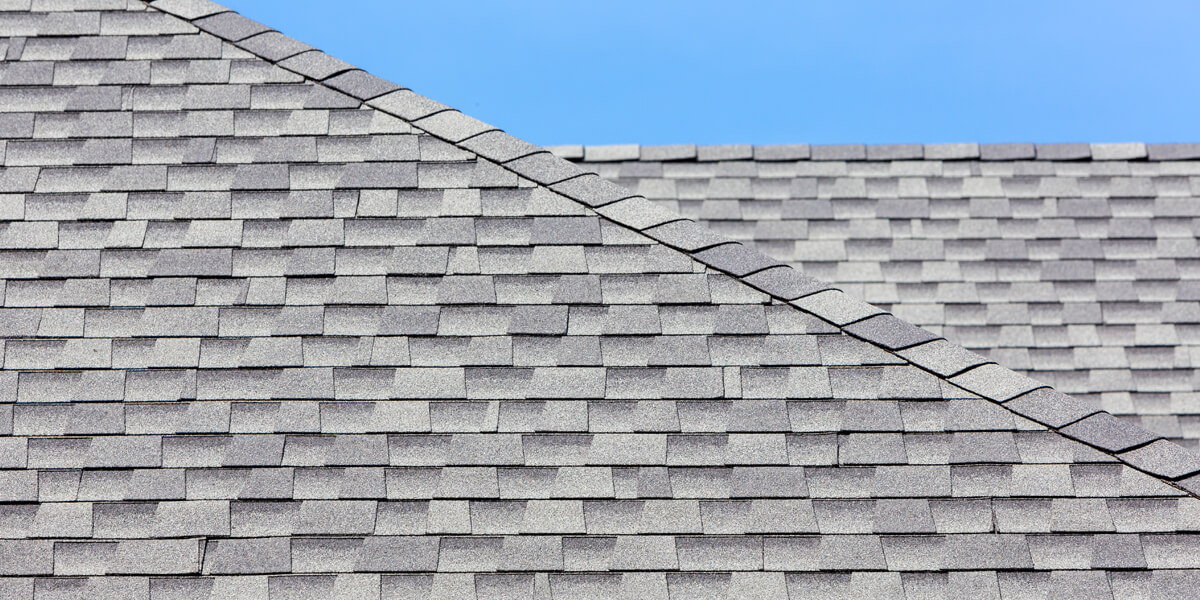
Pros of rubber slates:
- Classic appearance
- Cheap to buy and install
- The slates won't break after walking on them
- Recyclable
- Impact-resistant
- UV-resistant
- High-quality slates can last between 50-150 years
- Different cutting shapes are available, from square and rounded cuts to the chiseled-tip cut
Cons of rubber slates:
- Not fire-resistant
- Have a distinctive smell, which is noticeable during installation
6. Slate Tiles
Another common type of roofing material used throughout the UK is slate tiles. There are plenty of reasons why homeowners opt for slate tiles. These natural stone products are unique, aesthetically appealing, and extremely durable. In fact, slate tiles can withstand harsh weather conditions better than many of their counterparts and are typically known to last up to 150 years! These popular tiles come in various sizes and colours so you can easily match them to your home.
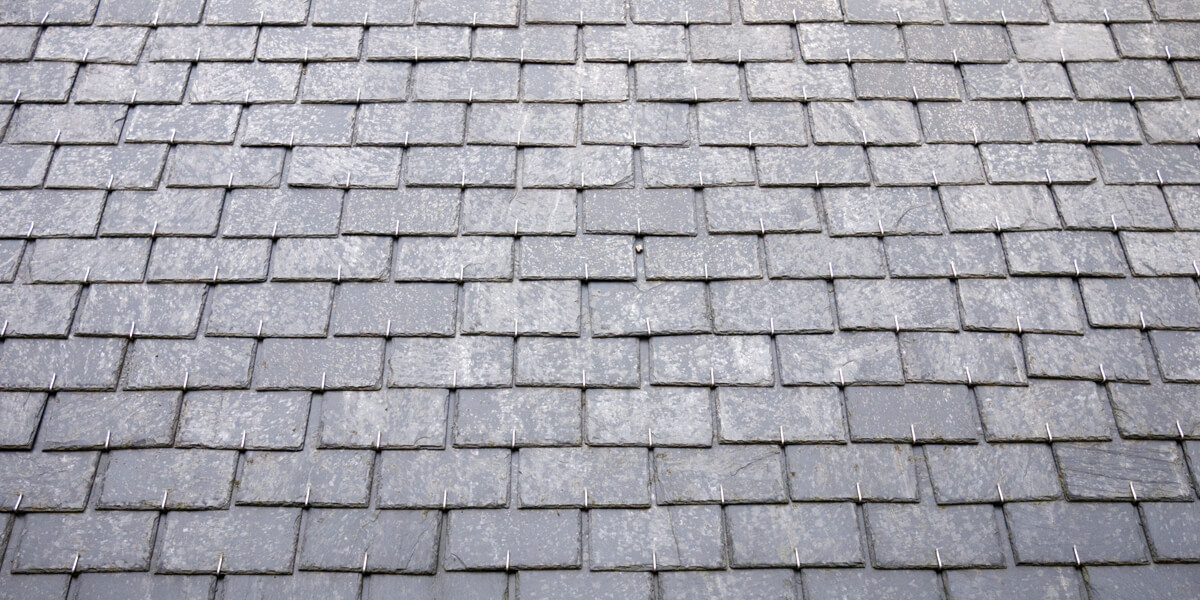
Pros of slate roofs:
- Unique and attractive
- Very durable
- Rat resistant
Cons of slate roofs:
- Expensive and difficult to install
- Prone to breaking
7. Green Roofs
Green roofs are the latest addition to the world of roofing in the UK, but they have been popular for some time now in Scandinavian countries. These roofs are also called vegetated roofs and are made from real plants. They are ideal for eco-conscious homeowners who want to create a green roofing option. While moss and other living plant materials are usually associated with water absorption, when they are properly cared for, they can make an effective roofing material with many benefits. The future of green roofs looks promising as more and more people are opting for this roofing material. Green roofs provide thermal insulation, absorb rainwater, and improve air quality by putting oxygen back in the air. You can even grow your favourite plants on your roof! Just remember to install a layer of waterproof membrane before creating your green roof.
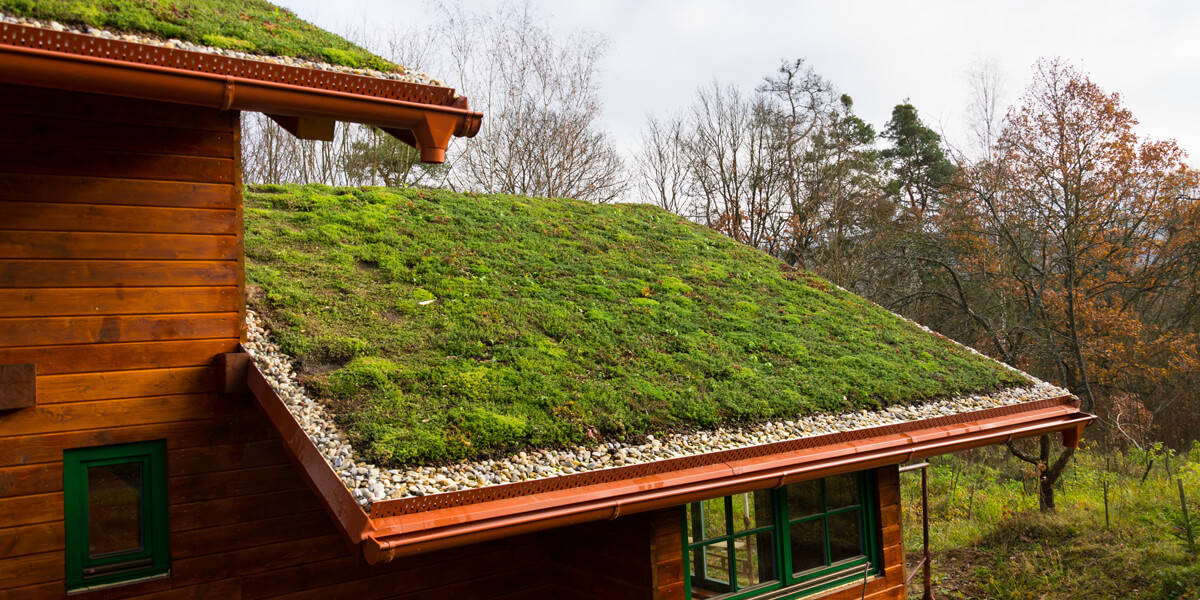
Pros of green roofs:
- They improve the drainage system and the air quality
- Visually appealing
- Green roofs have better thermal insulation than any other roofing material
- The most eco-friendly roofing option
Cons of green roofs:
- Expensive to install
- High maintenance
- Susceptible to leakage or damage
8. Clay and Concrete Tiles
Roofing tiles are available in concrete or clay, depending on your personal preference. These tiles come in different shapes and colours. Concrete tiles are made from cement, water, and sand, created under high heat before they are moulded into shape. Clay tiles are also made from natural materials in a similar way as they're baked at high temperatures. You can choose from a range of colours, including yellow, white, brown, or orange. However, the most recognisable clay tiles are the terracotta ones that most of us are familiar with. Since clay tiles are baked in high temperatures, they are not prone to fading. The same goes for concrete tiles, which are sourced from natural materials, thus making them an eco-friendly roofing option.
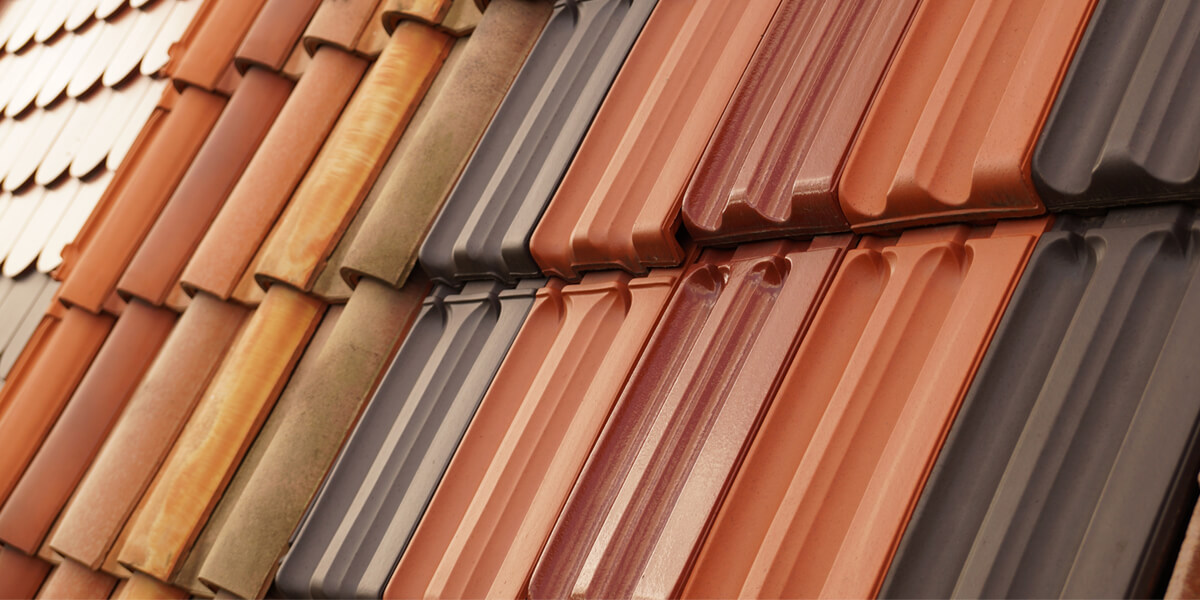
Pros of clay and concrete tiles:
- Clay tiles require less maintenance as they don't absorb much water
- Concrete tiles are more affordable to install
- Both of these tiles come in a variety of colours
- Aesthetically appealing
- Clay tiles are wind-resistant, and they won't fade
- Long-lasting
Cons of clay and concrete tiles:
- Both are brittle and susceptible to cracking
- Difficult to install
- Both tiles are heavy
Good to Know
Before installing a new roof or replacing your existing one, you should know that the number 1 enemy of your new roof is water. Sure, you can also blame the wind, snow, and the sun, but a combination of these will result in water moisture. This is why it is imperative to waterproof your new roof, especially if you don't choose asphalt shingles. A good waterproof material for the roof is the R400 liquid system, which repels water and prevents it from penetrating the roof. This product will improve the quality and longevity of your new roof. The R400 rubber waterproofing system is an ideal option for most types of residential and commercial roofs. It can also be used as a coating on cement, tile, and metal roofs. To install this waterproofing system, several coats of liquid rubber are applied using a roller or brush. For additional protection, your roofer may also use the R400 membrane to seal the roof further. This will ensure your roof remains fully waterproof for many years to come.
Conclusion
As you can see, there are clear advantages- and some disadvantages- in all the roofing materials we've mentioned in this article. The type of roofing material you choose depends on your specific project. Just take your time and carefully weigh up the pros and cons of each material in order to find the most cost-effective solution.
Related Articles
Category
Study & ResearchPosted On
13th November 2023



